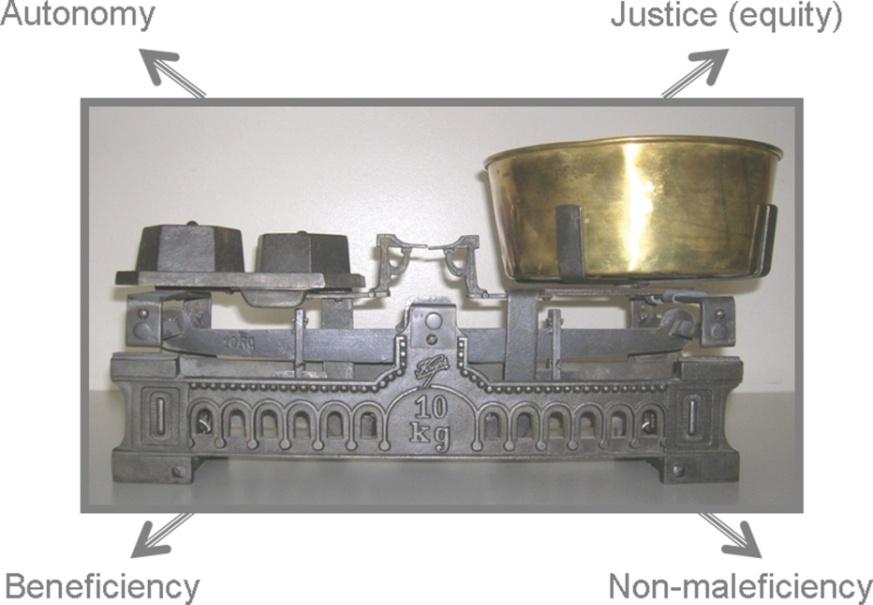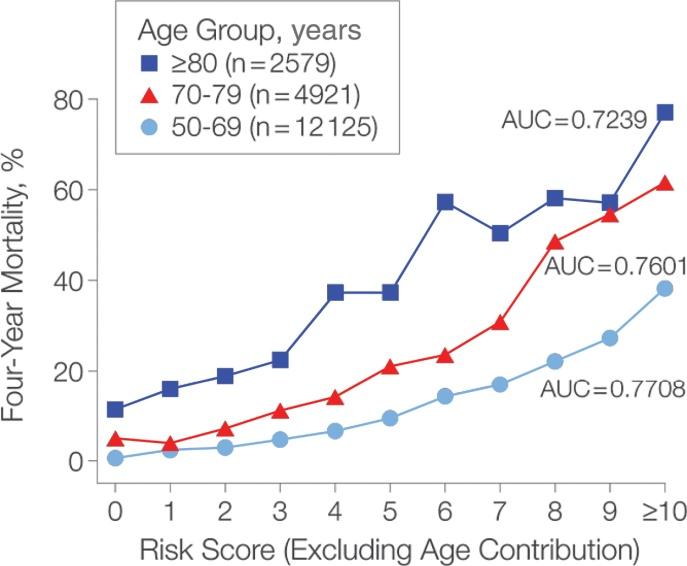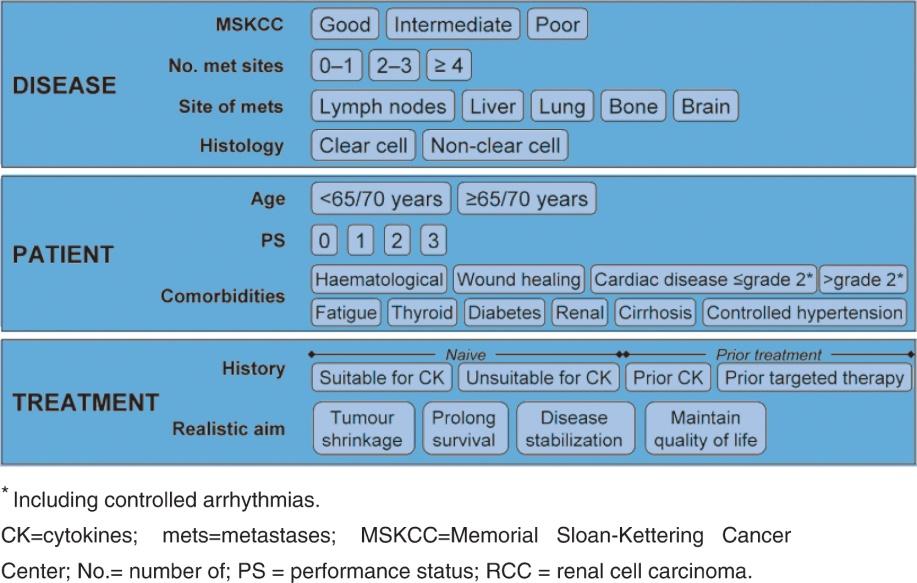
2 minute read
Treatment: At Relapse
Columbia group. This resulted in a 5-year OS of 49%, which is certainly lower than that observed with R-CHOP but satisfying in this patient population. In this indication, bendamustine showed disappointing results in association with rituximab.
Finally, the use of dexrazoxane (an iron chelator) with anthracyclines to prevent the risk of congestive heart failure is not universally recommended due to concerns over its efficacy and safety.
Advertisement
It is generally recognised that the prognosis of elderly patients at relapse is very poor, with few therapeutic possibilities and a median OS of a few months. There is a benefit of high-dose therapy with autologous stem cell transplantation (ASCT) for younger patients who respond to salvage therapy. However, the majority of elderly patients will not be fit enough to tolerate such intensive treatment, although it should be considered (see below).
The outcome of re-treated patients was described in the initial R-CHOP trial performed by GELA. Of the 399 patients included in the trial, 202 (50.6%) experienced relapse or progression, including 125 (63%) in the CHOP arm and 77 (38%) in the R-CHOP arm. Salvage chemotherapy regimens were mainly dexamethasone, cisplatin, and cytarabine (DHAP); etoposide, cytarabine, cisplatin, and methylprednisolone (ESHAP); or ifosfamide, carboplatin, and etoposide (ICE). The 2-year survival rate of re-treated patients was similar between the two arms: 26% and 31% for the CHOP and R-CHOP arms, respectively. Relapsing patients who received a salvage regimen including rituximab had a better 2-year survival rate than those who received a salvage regimen without rituximab (58% versus 24%). Nevertheless, patients who were refractory to initial therapy, with an initial PFS of less than 1 year, did not show a difference in survival according to the presence or absence of rituximab in their salvage treatment.
The immunomodulator lenalidomide could also be an option for elderly patients who relapse as data are emerging on its efficacy for treating relapsed-refractory DLBCL. Zinzani et al. recently conducted a phase II trial to evaluate the efficacy of lenalidomide plus rituximab followed by lenalidomide maintenance in elderly patients with relapsed or refractory DLBCL. Among the 23 patients included in the trial, 7 achieved a CR and one patient with a partial response (PR) after induction converted to a CR with lenalidomide maintenance therapy. The median duration of the response was 32 months and estimated OS at 18 months was 55%.
Less toxic regimens with a continuous administration of low-dose chemotherapy and/or rituximab may also be proposed. Finally, palliative care alone might be an option for patients with a poor PS, with the intention of maintaining the best quality of life at home for as long as possible.





